|
"Free Range" means different things to different people, and the USDA even has a definition for free range (which they also call free roaming): "Producers must demonstrate to the Agency that the poultry has been allowed access to the outside." I'll save the debate over free range definitions for another post, but you can find plenty of info online with a quick Google search on the topic. We have 2 chicken coops here on our farm. That wasn't the plan - it just happened that way. We had an injured hen named Birdy that required antibiotics and steroids, so rather than kill her or throw away eggs from 41 hens for 28 days (the withdraw time on the antibiotic) we built her her very own coop in the backyard. We didn't want her to be lonely so we pulled a couple of misfits that were getting picked on in the "Big House" (our big coop in the pasture) and put them in with Birdy. The hens in the backyard coop came to be known as the "Backyardigans". They included Birdy, Henny Penny, and Gilda Redner at first, and then Miss Daisy became a permanent Backyardigan. Miss Daisy is a White Leghorn with a big ol' comb and the roosters pulled her comb almost completely off while mating with her, so she couldn't go back to the Big House. Boots, a Buff Brahma, stayed in the backyard coop while her pecked vent recovered (the Backyardigans are nicer than some of the hens in the Big House). Another hen with a pecked vent, Black Chicken, came and went but then jumped the pasture fence and came back again and refused to leave, so she also became a permanent Backyardigan. I've mentioned the pasture and the pasture fence where the Big House is located. The chickens in the Big House are free range by most definitions. Their cabin-esque coop is centered on an acre of pasture with a weedy slope by the barn and various shady spots to hang out in. They can roam their fenced acre as they please or hang out in the house or roll in the dust or whatever it is they feel like doing. Technically they could fly over the fence like Black Chicken did and live wherever they want, but they choose to stay in their pasture and roost in their coop every day. We've had a few unsuccessful hawk attacks but we have never lost a Big House chicken to a predator. The Big House chickens are protected and safe and have everything they need, so they're content. The Backyardigans are what we call truly free range. They are free to go anywhere they want because there are no fences around our backyard. They know where home is though, so they go about their day and visit all their favorite spots and then come home to roost at night. They could even cross the road if they wanted to, but they never have (in spite of stories some locals have told us to the contrary). The Backyardigans have it a little better than the Big House chickens because the Backyardigans have access to the woods and a more diverse array of habitats to choose from for foraging and loafing. But there's a catch... About a month or so ago I noticed that Miss Daisy hadn't laid an egg one morning. Miss Daisy laid an egg almost daily so it was noticeable but not alarming. Then as the day went on I didn't notice Miss Daisy with the other Backyardigans. That seemed odd because the Backyardigans usually stick together except when one goes to the coop to lay an egg, with the exception being Henny Penny who has wandered off alone on more than one occasion only to reappear that evening. So that night when the Backyardigans went in to roost I looked in the coop and Miss Daisy wasn't there. I called and called and she didn't come and the next morning she was nowhere to be found. She never returned and we found no sign of her anywhere on the farm. Miss Daisy is pure white and the least camouflage of any of our chickens, so it's no surprise that she was the first (and to this day the only) hen to disappear. We figure it was a fox or coyote that got her. So who's better off, the truly free range Backyardigans or the free range Big House chickens? Commercially raised free range chickens? Chickens that aren't free range at all? Like I said before, I'll save that debate for another day, but... The Big House chickens don't know what they're missing and the Backyardigans don't seem to be scared of their surroundings. I think they'd all be happy in either free range scenario. The Backyardigans would be safer in a fenced pasture and I did feel a twinge of guilt when Miss Daisy disappeared, but given that we've only lost one chicken to a predator in two years I'd say that all the chickens are doing pretty well. In hindsight I wouldn't have done anything differently. Moving forward I don't plan to change anything either unless circumstances change with predators in the area. So are there pros and cons to raising chickens in a free range environment? Yes. Do I think the pros outweigh the cons? Most definitely. UPDATE 1/13/15: In late 2014 Henny Penny went almost completely blind, so for now our solution has been to fence in the Backyardigans' coop so that she can't go wandering off and get lost or wander into the road. Needless to say, the other Backyardigans weren't very happy about it. Everyone has adjusted though and we're hoping some friends with an enclosed backyard coop will take Henny Penny so that we can let the other Backyardigans roam free again.
0 Comments
I had to make a tough decision recently and this week it came to be. I decided to sell our miniature donkeys, Agnes and Myrtle. I've contemplated selling them in the past but couldn't follow through with it. They were the first animals on the farm in 2012 and it was love at first sight. I've grown to love them even more now and I'd be lying if I said I didn't cry the day they left. I cried a lot actually as I was packing their bags... ...and I cried while I put on their harnesses and brushed them for the last time... ...and I cried while we took selfies... When the donkeys' new mom, Sandy, arrived I managed to rein in my tears. Okay, I cried a little when she pulled in the driveway with the trailer, but I managed to get it together by the time I got to her truck. Sandy raises Tennessee Walking horses and lowline Angus cattle on an 85 acre farm in East Canton, Ohio. Sandy had been searching for a pair of donkeys to guard her weanlings and when she found out I was selling our donkeys she contacted me about purchasing them. She asked how tall they were and I told her that Agnes was 33" and Myrtle was 38". It turns out that her bull is 38" tall too so they're a perfect fit for her farm! You're probably wondering what a 38" tall bull looks like. I was too and I couldn't believe how cute he was when Sandy sent me this picture: Agnes and Myrtle's new job will be to guard these little guys: So yes, I was sad to see them go, but I am happy knowing that they're going to a beautiful farm with lots of grass, interesting animals, and a caring farmer. If you're wondering why I let them go since I love them so much, the short answer is: it's business. We're downsizing and, since the donkeys don't contribute a tangible product that we can sell, it just made sense that they would be the ones to go. If we had unlimited resources (money and pasture), we wouldn't have had to consider letting any of the animals go, but we don't and that's the reality of the situation. Livestock eat 1.5%-2% of their body weight in forage daily, and Agnes and Myrtle are not small livestock. The two of them combined equal roughly 5 alpacas or 8 angora goats: I wish I could buy hay with love but I can't, so I was faced with a tough decision that had to be made. I love animals - especially my animals - and I wish things could be different, but if farming has taught me anything it's that sometimes you have to do things that you don't want to do and, in that situation, all you can do is make the best decision you can given the circumstances and resources available at that moment.
So until I can buy hay with love, I'll be thinking of Agnes and Myrtle somewhere over the rainbow... Our farm was recently featured on the Living the Country Life radio program! Editor-in-Chief Betsy Freese and Editor/Host Jodi Henke share tips from experts across the United States to help you around your acreage. I was interviewed over the phone and they aired the segment a month or so later. I admit I was nervous about hearing myself on the radio, but I think it turned out pretty good. You can read the transcript and listen to our segment on the Living the Country Life website. As always, stay tuned to our Get Your RDA! blog for the latest on our adventures here at Root Down Acres, including what I end up doing with all those pokeberries I harvested!
|

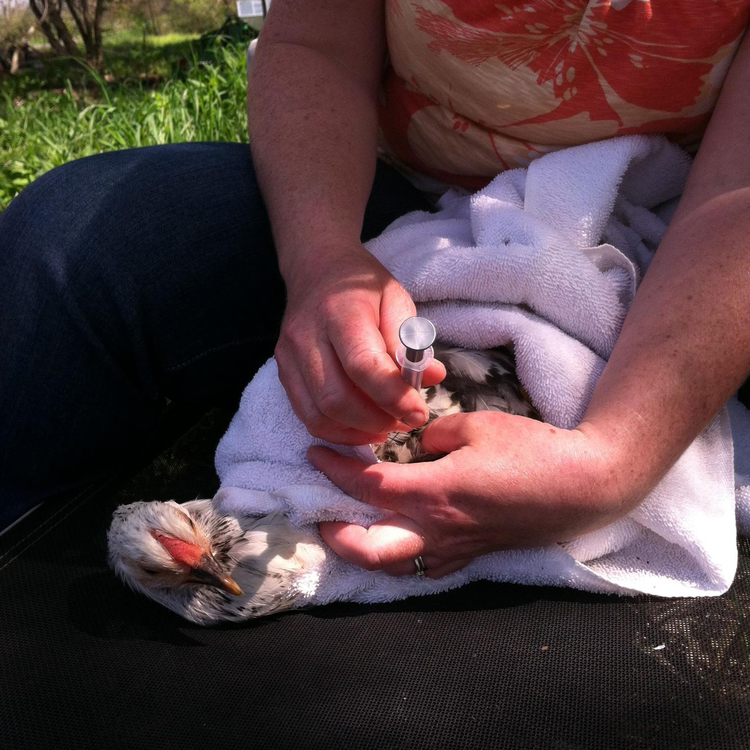
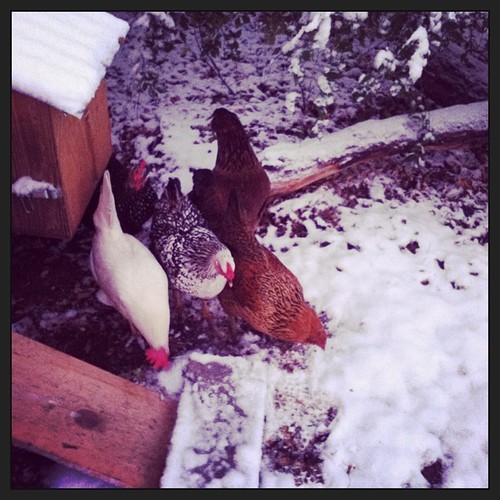
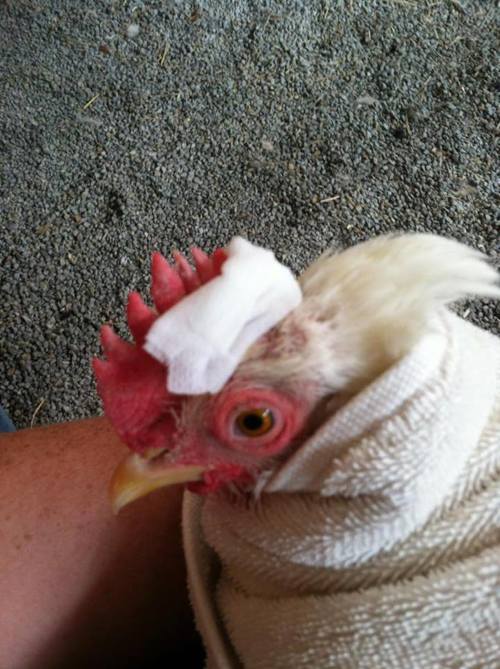
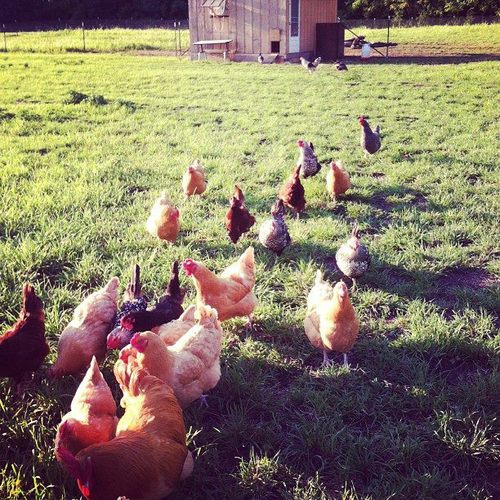
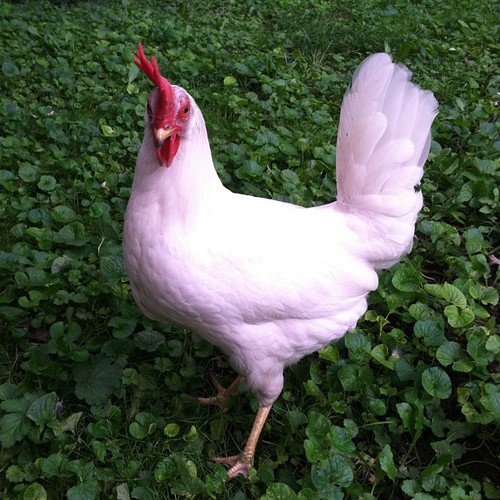
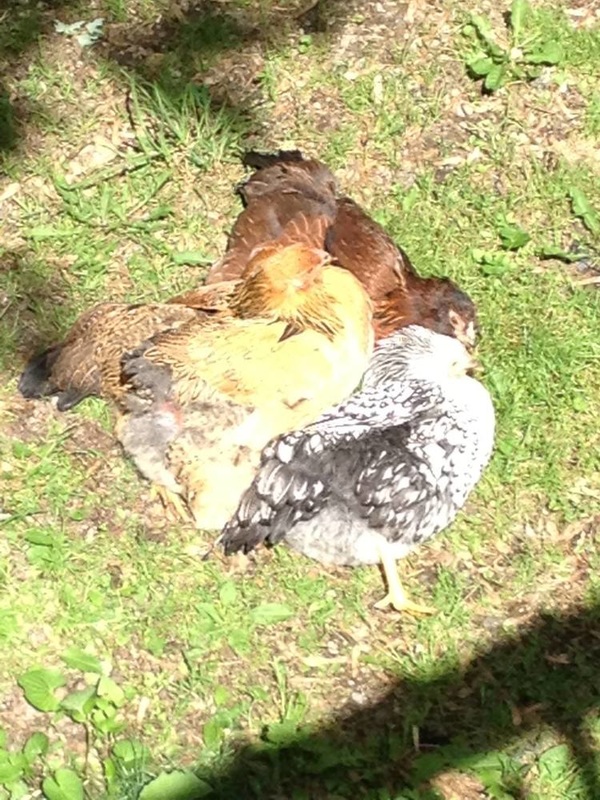
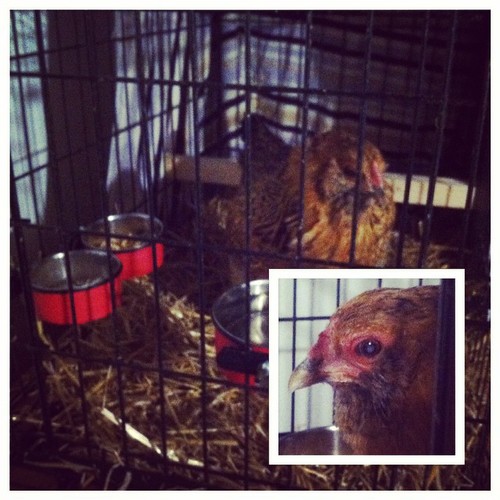
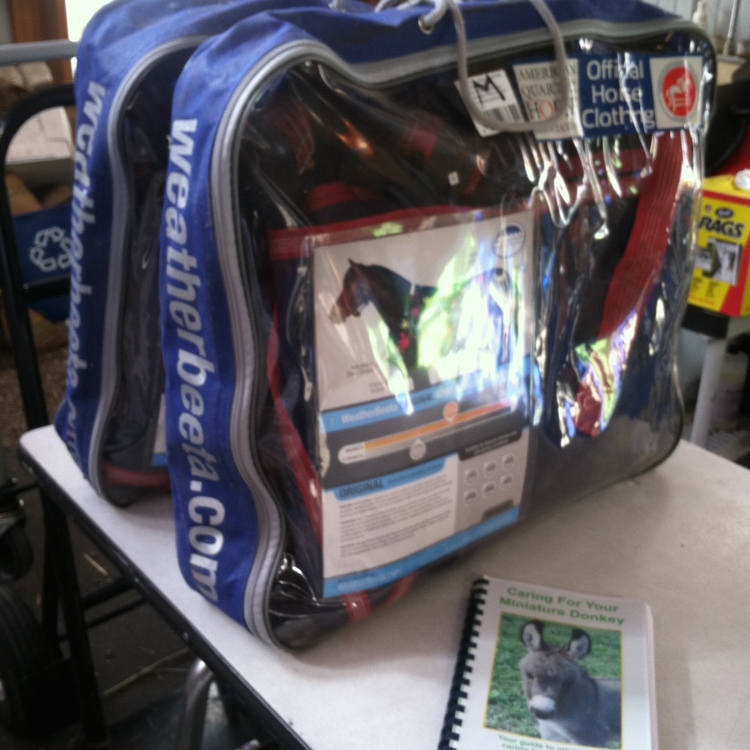
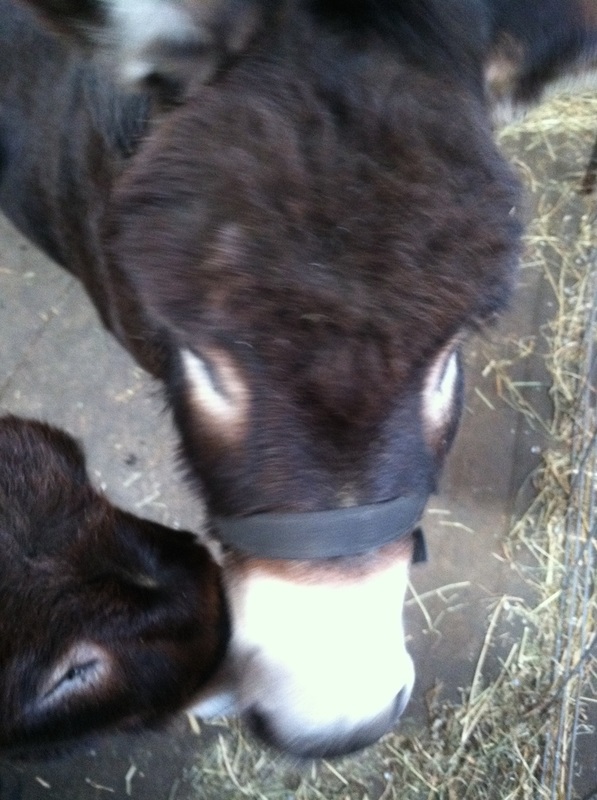
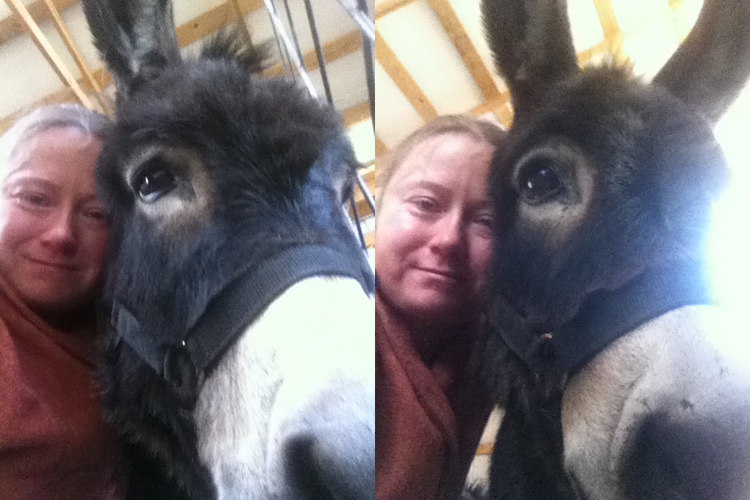
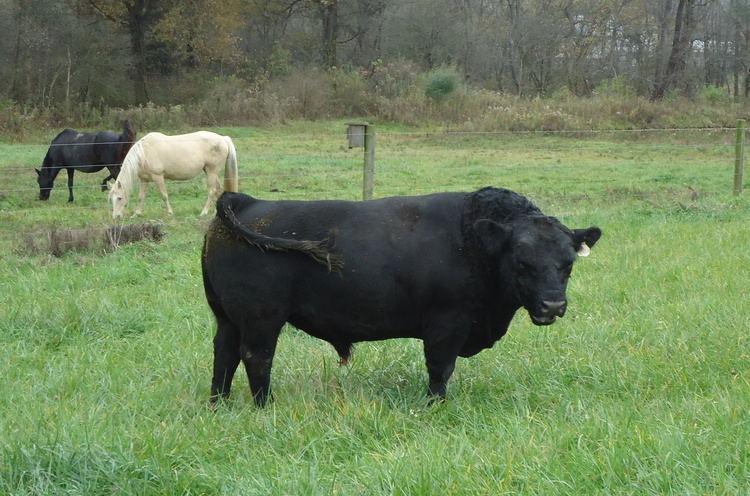
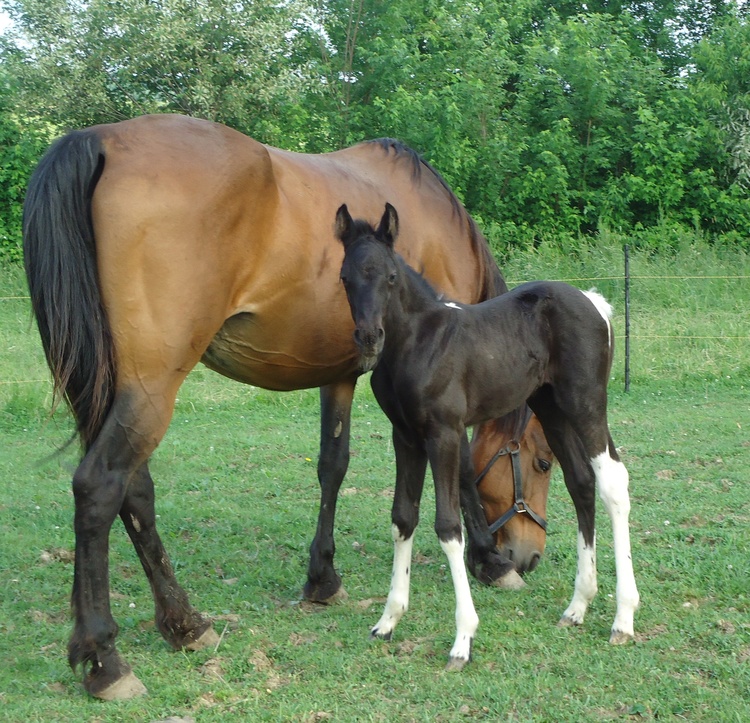
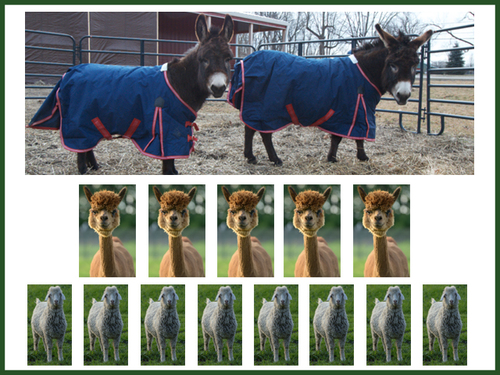
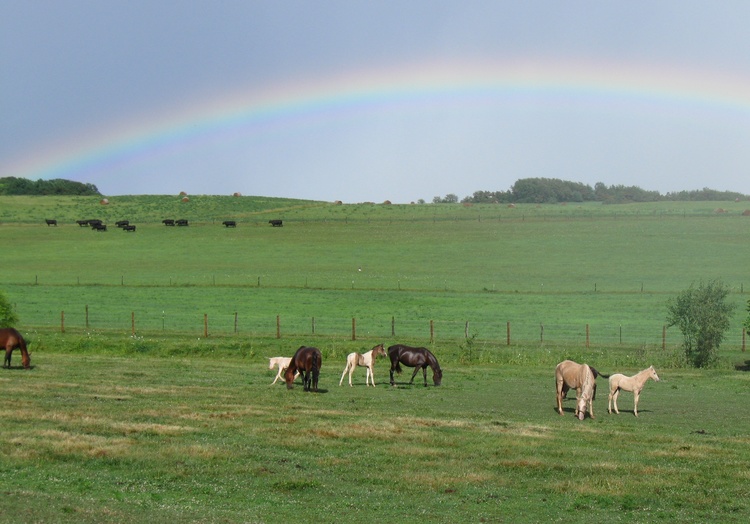
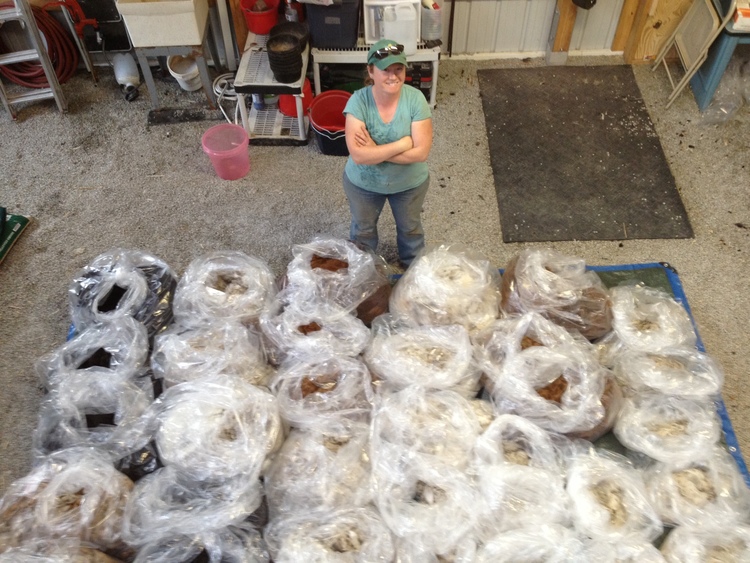
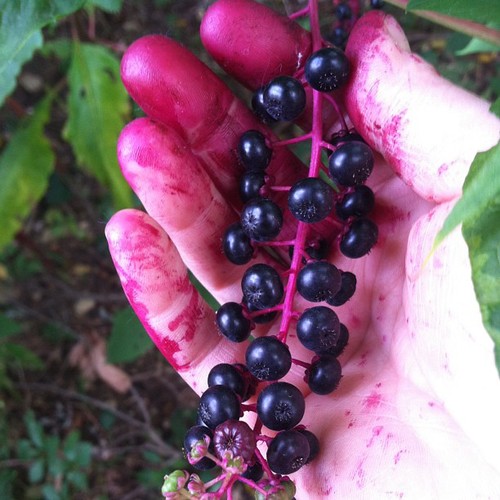
 RSS Feed
RSS Feed
